Whatever you do, stay safe.
We have the tools to protect ourselves and others. Stay informed and know when to take preventions steps.
Stay informed.
Recommendations and guidance are updated based on the latest information.
Your own personal situation may also change, which means you may need to consider taking additional steps to keep yourself and your loved ones safer. For example, consider if you or a family member receives a new medical diagnosis, you start a new job or you welcome a new baby or family member who is high risk for severe illness into your home.
Stay connected, stay informed. Look for updates on our COVID-19 website, Facebook, Twitter, and Instagram.
Improve ventilation and spending time outdoors
Being places that don’t offer fresh air and in crowds increases your risk of getting COVID-19.
- Improving ventilation (moving air into, out of, or within a room) and filtration (trapping particles on a filter to remove them from the air) can help prevent virus particles from accumulating in indoor air. This helps protect you from getting infected with and spreading the virus that causes COVID-19. See more tips on improving indoor ventilation.
- Spending time outside when possible instead of inside can also help reduce your risk. Viral particles spread between people more readily indoors than outdoors.
- If someone you live with is sick, avoid close contact, if possible. If you are taking care of someone who is sick, make sure you properly wear a well-fitting, high quality mask and follow other steps to protect yourself.
Masks can help protect you and others from COVID-19.
While masks are no longer required in most settings, you can choose to wear a mask any time you are indoors or in crowds.
You should still always wear a mask if you have symptoms and for 10 days after a positive test. If you were exposed, wearing a mask for 10 days after exposure may help reduce the risk of spreading COVID-19 to others. See this guidance if you were sick or exposed.
Select a mask with the best fit and protection. A mask should fit well and cover your nose and mouth. Some masks and respirators offer more protection (N95, KN95 and KF94) than others. See this guide for more information and find free N95 respirators.
See more guidance and tips for wearing a mask.
Travel Safely.
When you travel, plan ahead. Check on the COVID-19 situation before you are traveling, both within and outside the U.S. Different locations may have higher levels of COVID-19 than where you live. There may also be different requirements for testing and masking for travelers.
Make sure you are up to date on your vaccines before traveling.
Do not travel if you are sick, if you are waiting for COVID-19 test results, or if you tested positive for COVID-19 in the last 10 days.
See travel guidance from the CDC.
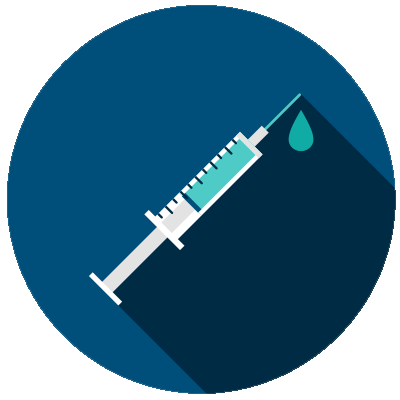 Get a vaccine and stay up to date.
Get a vaccine and stay up to date.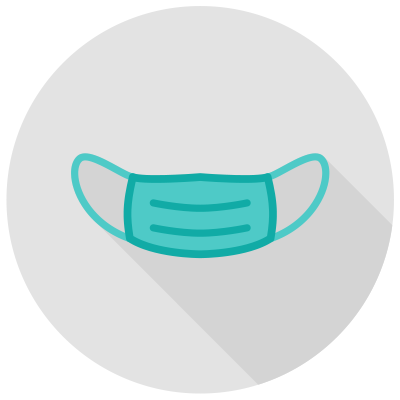 Whatever you do, stay safe.
Whatever you do, stay safe.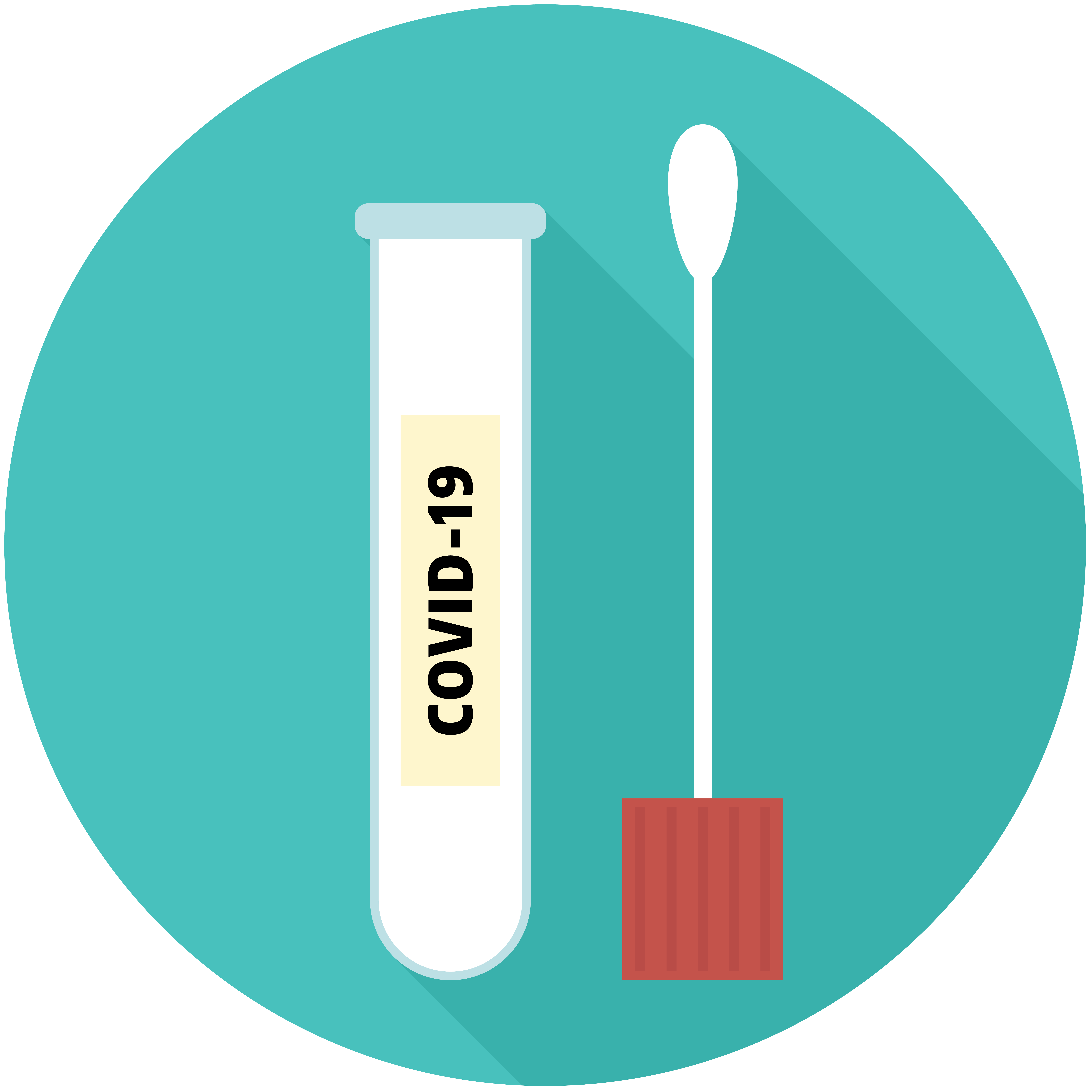 Get tested.
Get tested.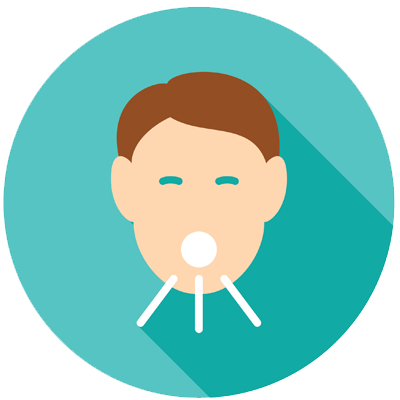 Stay away from others if sick and inform contacts.
Stay away from others if sick and inform contacts.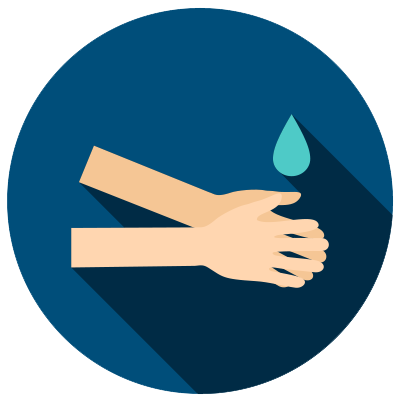 Keep up the healthy habits.
Keep up the healthy habits.
